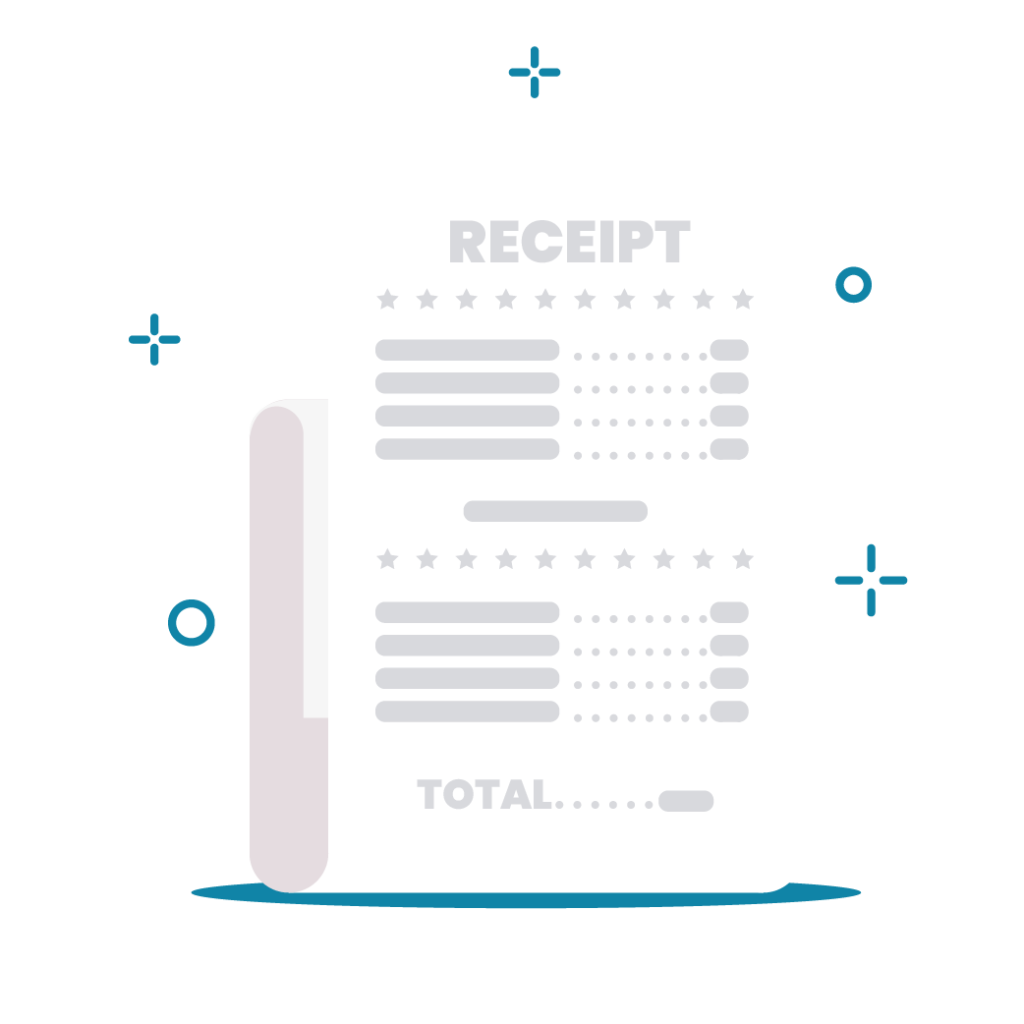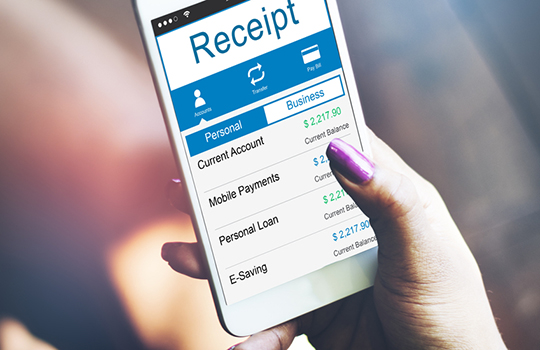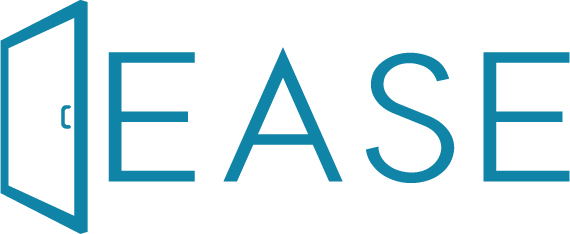
Understanding Fractional CFO Services
In today’s competitive landscape, effective financial leadership is essential for businesses of all sizes. However, the significant cost of hiring a full-time Chief Financial Officer

Sitting with boxes of old receipts? This guide will teach you how to organize receipts in your business. And when you start doing that, you can expect financial clarity, a smoother tax season, and less papers hanging around crumpled up in the bottom of your drawer.
There’s a number of reasons why learning how to organize receipts is a good idea, here are just a few –
An obvious rise of digital receipt organizers has become extremely popular. However, conventional methods are still very common, especially things like

Mixing your personal and business finances will create complications when it comes to tax season, or you simply need to search out a receipt. It is so important to keep your business and personal receipts separate, for reason such as:
We highly recommend embracing modern tools like QuickBooks Pro. The team at Ease Support can get you started today with our Quickbooks setup services.
Properly organized receipts simplify your tax calculations, that is just a fact. In California, as with many states in the U.S., businesses are advised to retain their receipts for a minimum of four years. If you are filing your receipts manually you need to really think about how to organize receipts in the best possible way to safeguard them and easily sort them.
This period aligns with the California State Board of Equalization’s window for reviewing and potentially auditing sales or use tax returns. However, when looking at the broader U.S. context, the Internal Revenue Service (IRS) recommends that businesses keep receipts related to their federal tax returns for at least three years, the standard period during which the IRS can audit a tax return.

Over the years, as businesses have evolved and expanded, manual receipt management has become increasingly difficult, posing several challenges.
1. A time-consuming drain on productivity
Manually sifting through stacks of paper receipts to categorize, file, or retrieve a specific one is a tedious process. This is inefficient and can get disorganized very quickly. There hasn’t been an easy manual receipt organizer that can match the digital solutions.
2. Vulnerability to physical damage
Paper receipts are fragile. They can easily fade, get torn, they can get become damaged or even simple misplaced. Losing a receipt can lead to financial discrepancies and potential tax complications.
3. Human error
Even the most meticulous professionals can make errors. Manual entry of receipt details can lead to occasional mistakes or oversights, leading to financial discrepancies. These errors can be challenging to trace back and correct, especially if detected much later.
4. Space constraints
Physical storage solutions, such as filing cabinets, occupy valuable office space. As the number of receipts accumulates over time, businesses find themselves grappling with space constraints, leading to cluttered work environments.
5. Limited accessibility
With manual systems, accessing specific receipts can become a challenge, especially if they are stored off-site or in multiple locations. This can delay financial reviews, audits, or the preparation of financial statements.
6. Environmental concerns
The environmental impact of manual receipt management can’t be ignored. The extensive use of paper contributes to deforestation, and the disposal of old receipts can lead to increased waste.
In light of these challenges, the shift towards electronic receipt management becomes not just a preference but a necessity. Modern businesses require efficient, accurate, and reliable systems to manage their finances, and digital solutions are perfectly equipped to meet these demands.
Electronic receipt management has so many benefits that will simplify how you organize your financial information. It provides clarity, security, and efficiency. The best way to organize your receipts has been proven to use receipt organizer software. Here are ways that the use of digital solutions are helping businesses manage their receipts:
1. Digital scanning:
The beauty of digital scanning is in its ability to convert paper-based financial records into digital formats. This not only saves physical space but also ensures these records last longer, safeguarded from physical wear and tear.
Key Features:
2. Receipt organizer software
Receipt organizer software solutions, such as QuickBooks Online, have revolutionized the way businesses manage their finances. These tools automatically categorize and store receipts, making financial reviews and tax season preparations more straightforward.
Key Features:
3. Cloud Storage
With cloud storage, businesses can securely store their financial documents online. This ensures that critical receipts are not only safe from potential physical damage but also accessible from any device, anytime, and anywhere.
Key Features:
4. Mobile Solutions
Modern mobile solutions, including apps like Expensify or QuickBooks’ own mobile app, have been game-changers. These apps capture, categorize, and store the information and a digital copy of the receipt, on-the-go, ensuring no financial transaction goes unrecorded.
Key Features:
With the expertise of a dedicated back office and accounting team like Ease Support, businesses can further ensure that their digital receipt management strategy is not only robust but also tailored to their unique needs.

Implementing these practices will streamline how you organize receipts and stay on top of your finances.
And remember, if you need expert back office and accounting support, contact us today for a free consultation.

In today’s competitive landscape, effective financial leadership is essential for businesses of all sizes. However, the significant cost of hiring a full-time Chief Financial Officer

In today’s fast-paced business world, getting your finances in order is key. From small startups to established businesses, everyone’s looking for ways to make their

Businesses frequently use outsourcing as a way to increase efficiency, save costs, and simplify operations in today’s international market. Offshore and back-office outsourcing are two

1048 Irvine Ave #728
Newport Beach